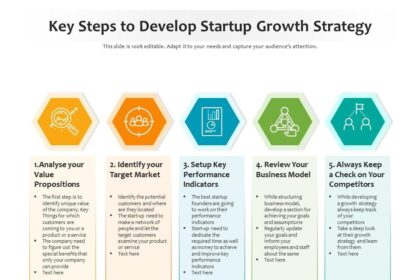Unlocking Success: The Power of Minimum Viable Products
In a world where innovation races ahead at breakneck speed, the journey from an idea to a successful product can often feel overwhelming. Entrepreneurs and startups find themselves at a crossroads, torn between the desire for perfection and the pressing need to enter the market quickly. Enter the Minimum Viable Product (MVP)—a strategic approach that has revolutionized how businesses launch and grow. By focusing on the essential features that address core user needs, an MVP allows creators to test hypotheses, gather valuable feedback, and iterate on their concepts in real-time. This article delves into the power of MVPs, exploring how they not only streamline the path to success but also foster a culture of agility and responsiveness in today’s ever-evolving marketplace. Join us as we unlock the potential of this pivotal strategy and uncover the secrets behind thriving in a competitive landscape.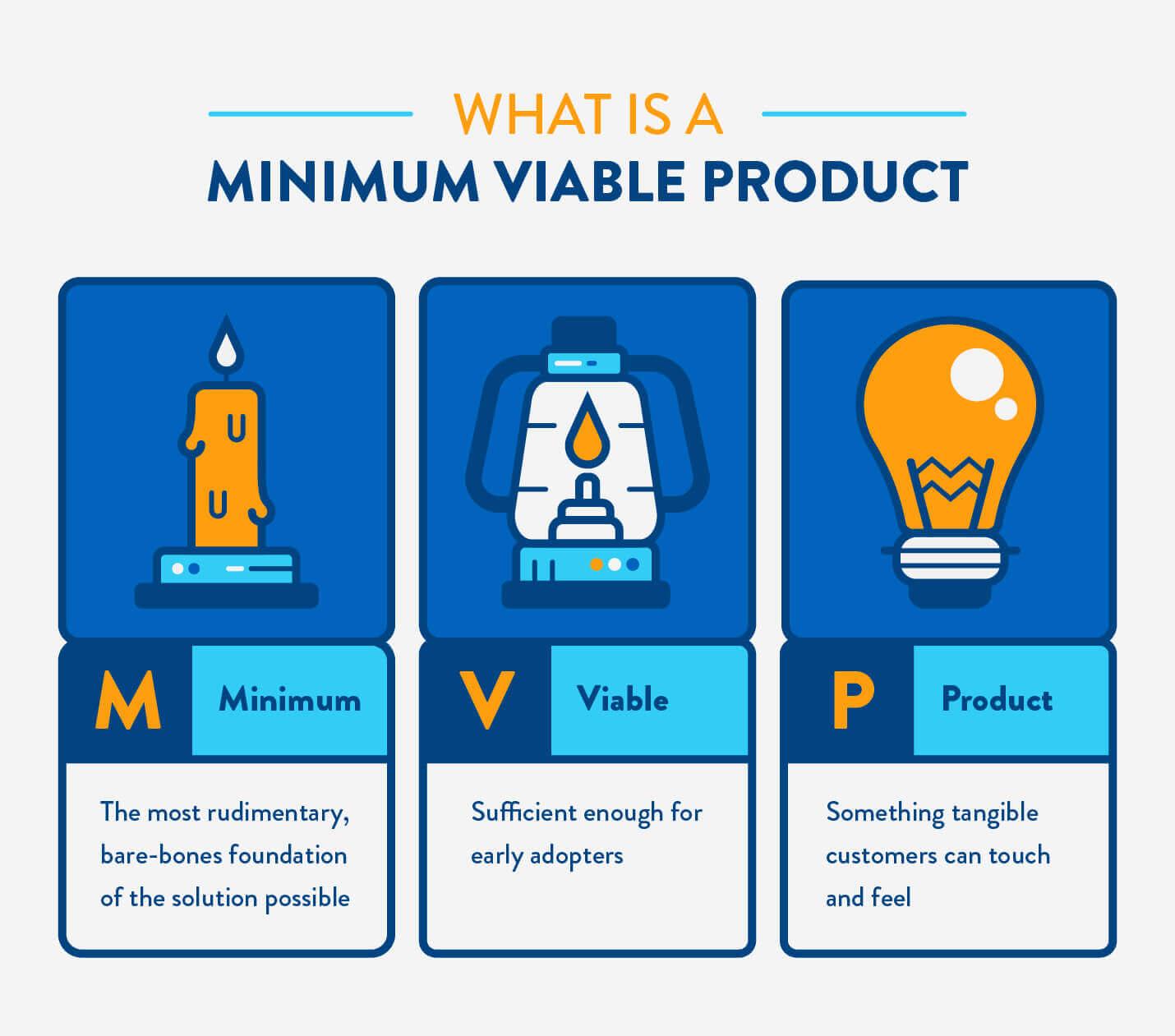
Understanding the Concept of Minimum Viable Products and Their Role in Innovation
The concept of Minimum Viable Products (MVPs) serves as a cornerstone in the realm of innovation, allowing businesses to launch a product with minimal resources while maximizing learning potential. An MVP is not merely a stripped-down version of a complete product; it is a carefully crafted experience designed to validate core functionalities and assumptions about the market. This approach facilitates faster iterations based on real user feedback, which can significantly reduce the risk of failure. By focusing on essential features, companies can channel their resources into what truly matters for their target audience, fostering an agile environment that promotes adaptability and responsiveness to changing market demands.
Innovators utilizing MVPs benefit from several key aspects that enhance their development process:
- Reduced Time-to-Market: A focused development strategy allows products to reach consumers more swiftly.
- Cost Efficiency: Resources are allocated effectively, minimizing unnecessary expenditures on features that may not resonate with users.
- User-Driven Decisions: Gathering insights from early adopters helps shape further development to meet real-world needs.
To illustrate the impact of MVPs on innovation, consider the following table showcasing successful companies that leveraged this approach:
| Company | MVP Launch | Outcome |
|---|---|---|
| Dropbox | Demo video for market validation | Grew user base significantly before developing full product |
| Airbnb | Rental of personal spaces in a small area | Expanded into a global platform based on early feedback |
| Zappos | Testing shoe sales via a simple website | Grew into a major online retailer |
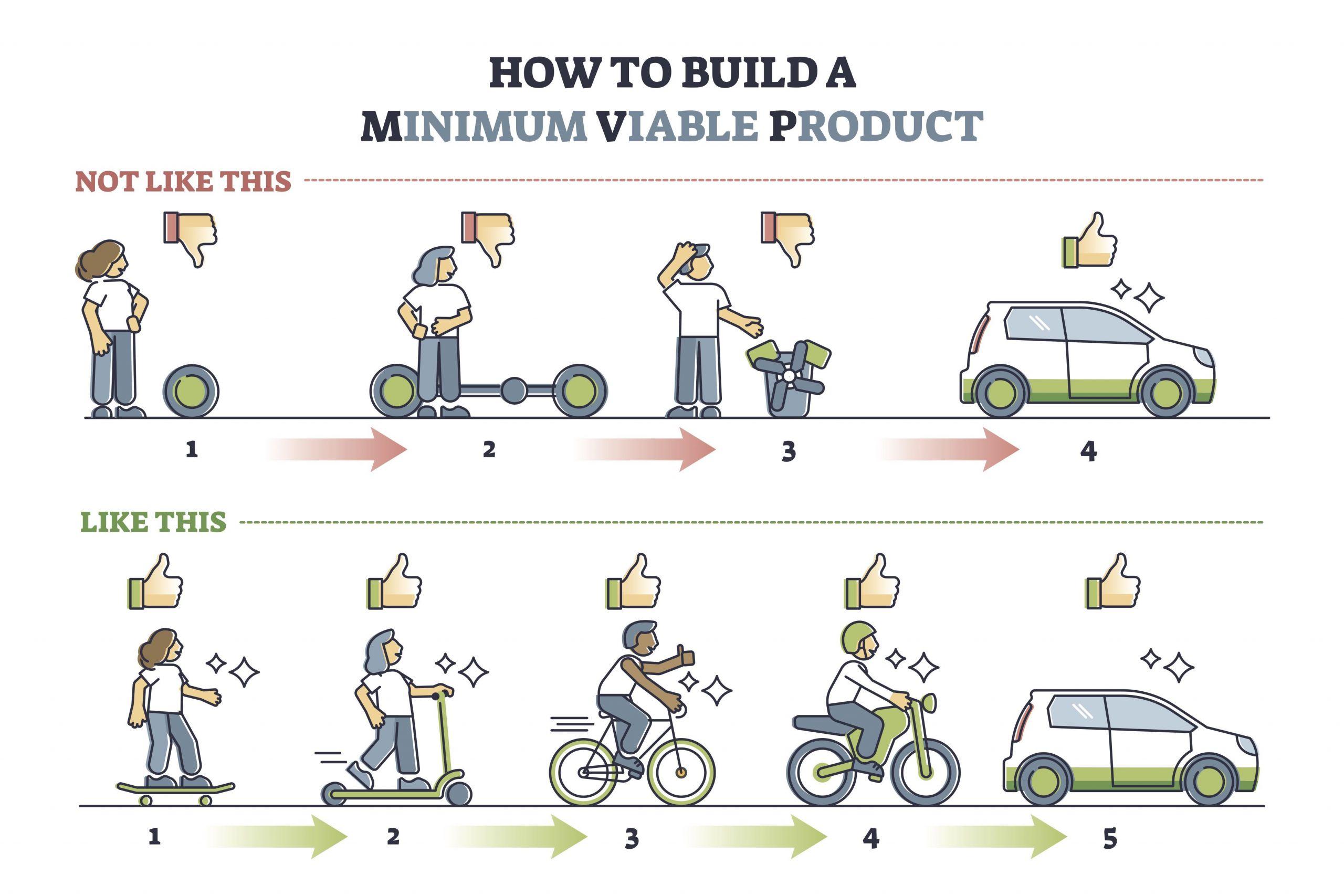
Key Benefits of Adopting a Minimum Viable Product Strategy in Business Development
Adopting a Minimum Viable Product (MVP) strategy offers businesses a pragmatic approach to product development that emphasizes speed and efficiency. By focusing on core functionalities, companies can quickly bring their offerings to market, allowing them to gather valuable feedback from real users. This iterative process not only fosters a deeper understanding of customer needs but also ensures that resources are allocated effectively, minimizing waste and reducing the risk of failure. Key benefits include:
- Rapid Testing: Validate assumptions with minimal investment.
- Customer-Centricity: Align product development with user preferences.
- Competitive Edge: Enter the market faster and stay ahead of competitors.
Furthermore, implementing an MVP strategy can lead to enhanced flexibility in business development. Companies can adapt their products based on user feedback and market trends, leading to continuous improvement and innovation. This agility not only helps in refining the product but also creates opportunities for future expansion. The advantages of embracing an MVP framework are evident through the table below, which compares traditional product development methods with the MVP approach:
| Aspect | Traditional Development | MVP Approach |
|---|---|---|
| Time to Market | Longer | Shorter |
| Cost | Higher | Lower |
| User Feedback Integration | Delayed | Immediate |
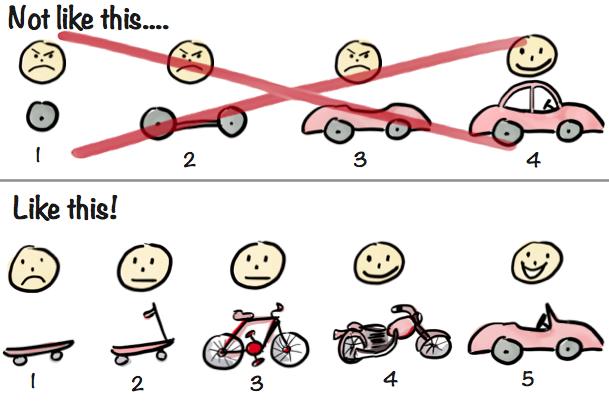
Best Practices for Designing and Testing Minimum Viable Products Effectively
Designing an effective Minimum Viable Product (MVP) requires a keen understanding of user needs and iterative development. Begin by defining clear objectives: what problem are you solving, and who is your target audience? Engaging potential users early in the process can provide invaluable insights, allowing you to prioritize features that deliver maximum value. During the design phase, focus on simplicity, stripping down the product to its core functionalities. This allows for rapid prototyping and testing, minimizing wasted resources while providing a clear learning path. Embracing agile methodologies will facilitate frequent adjustments based on user feedback, ensuring your MVP is aligned with user expectations from the outset.
Once your MVP is developed, testing it effectively is paramount. Conduct usability tests to observe real user interactions and identify pain points. Organize feedback sessions where users can voice their thoughts and suggestions, fostering a culture of collaboration. Use A/B testing to assess different features and designs, helping you make data-driven decisions. Keep an updated metric dashboard to track performance indicators, facilitating ongoing assessment of your MVP’s success. Below is a simple table that outlines essential testing methods and their benefits:
| Testing Method | Benefits |
|---|---|
| Usability Testing | Identifies user pain points and areas for improvement. |
| A/B Testing | Determines which variations yield better results. |
| Surveys | Gathers qualitative and quantitative insights from users. |
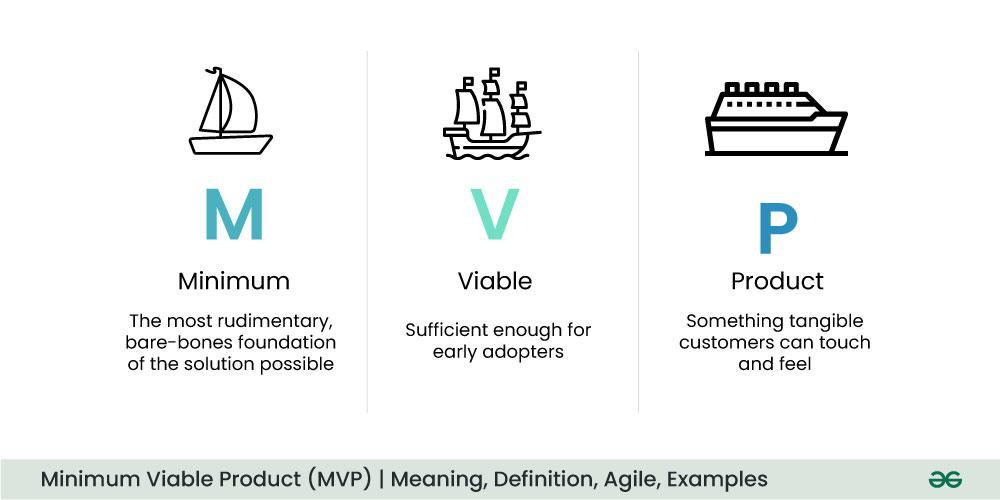
Navigating Challenges and Pitfalls in the Minimum Viable Product Journey
Embarking on the journey to develop a Minimum Viable Product (MVP) is exhilarating, yet fraught with challenges. Founders often find themselves grappling with the balance between delivering a product that satisfies users while conserving resources. Key hurdles can include:
- Scope Creep: The temptation to add features can dilute the essential purpose of the MVP.
- Feedback Overload: Too much input from stakeholders can lead to confusion about the product direction.
- Market Misalignment: Launching an MVP without adequate research can result in a product that misses its target audience.
To navigate these potential pitfalls effectively, it’s crucial to establish a clear vision and stick to the core objectives of your MVP. Using a structured approach, you can better manage expectations and align team efforts. Consider employing the following strategies:
| Strategy | Description |
|---|---|
| Define Key Features | Focus on the essential functionalities that address user needs. |
| Iterative Feedback | Solicit regular user feedback to refine and prioritize features. |
| Market Testing | Conduct thorough market research to ensure product relevance. |
Closing Remarks
As we wrap up our exploration of “Unlocking Success: The Power of Minimum Viable Products,” it becomes clear that the journey to innovation and entrepreneurship is one characterized by experimentation, learning, and adaptation. The minimum viable product serves not just as a launchpad for your ideas, but as a mirror reflecting the desires of your audience and the pulse of the market. By embracing this agile approach, you empower yourself to pivot thoughtfully, gather valuable insights, and refine your vision into something truly impactful.
In a world where speed and efficiency are paramount, the MVP is more than a strategy; it’s a mindset that invites curiosity, resilience, and a willingness to iterate. So, as you embark on your own path to success, remember that each step taken—no matter how small—is a seed planted in the fertile ground of possibility. Embrace the power of the MVP, and watch as your concepts transform into thriving realities that resonate with your audience and fulfill a genuine need.
The future of innovation is within your grasp; all you need to do is start small, think big, and keep moving forward.


